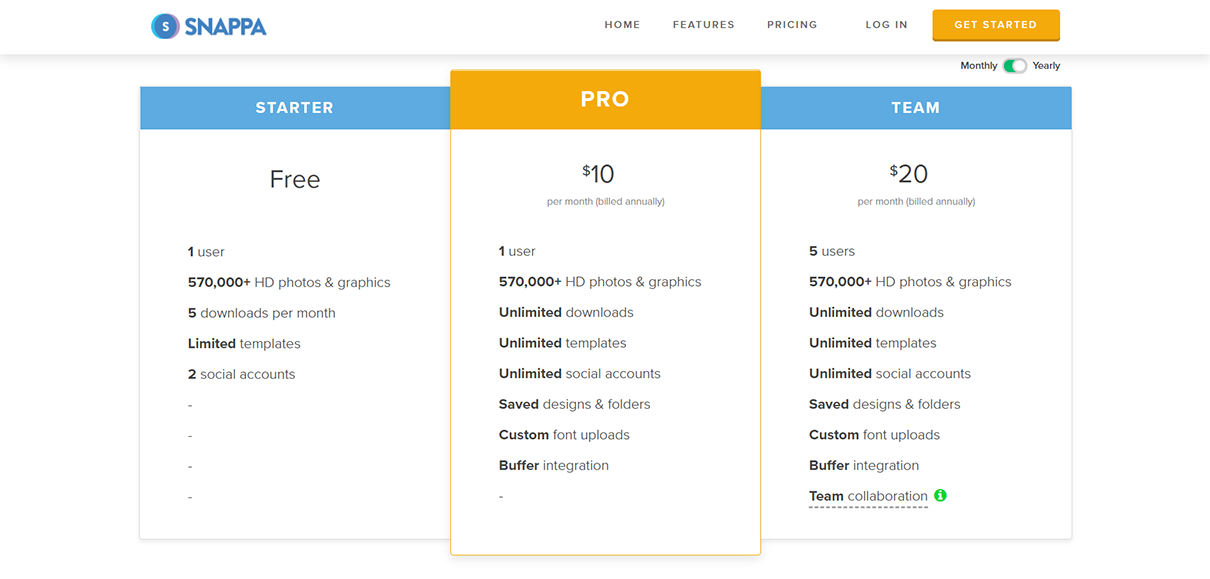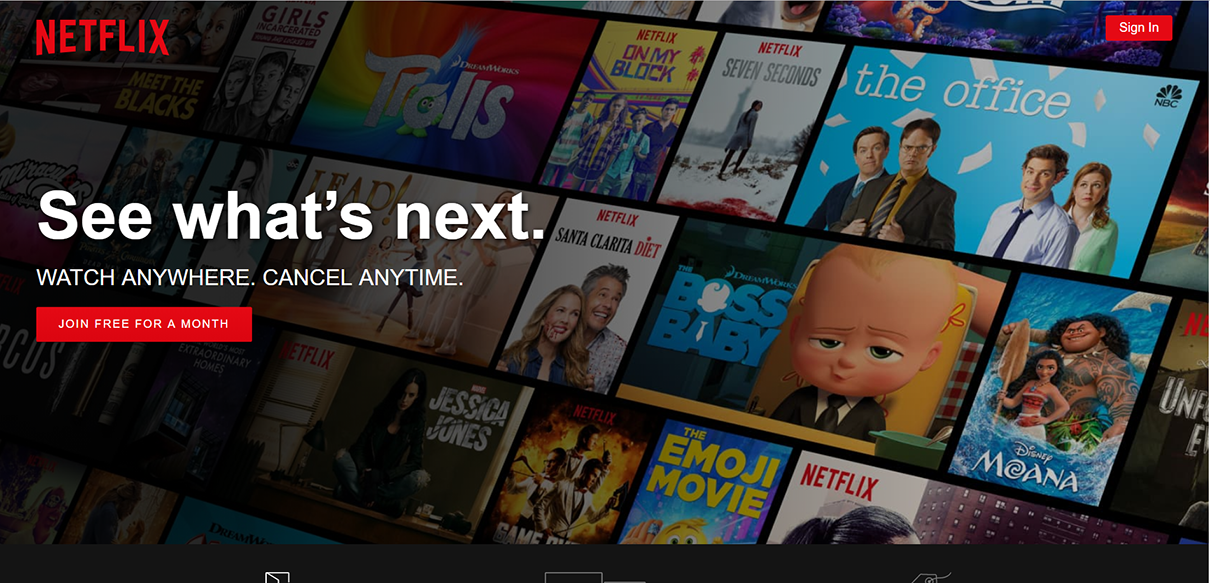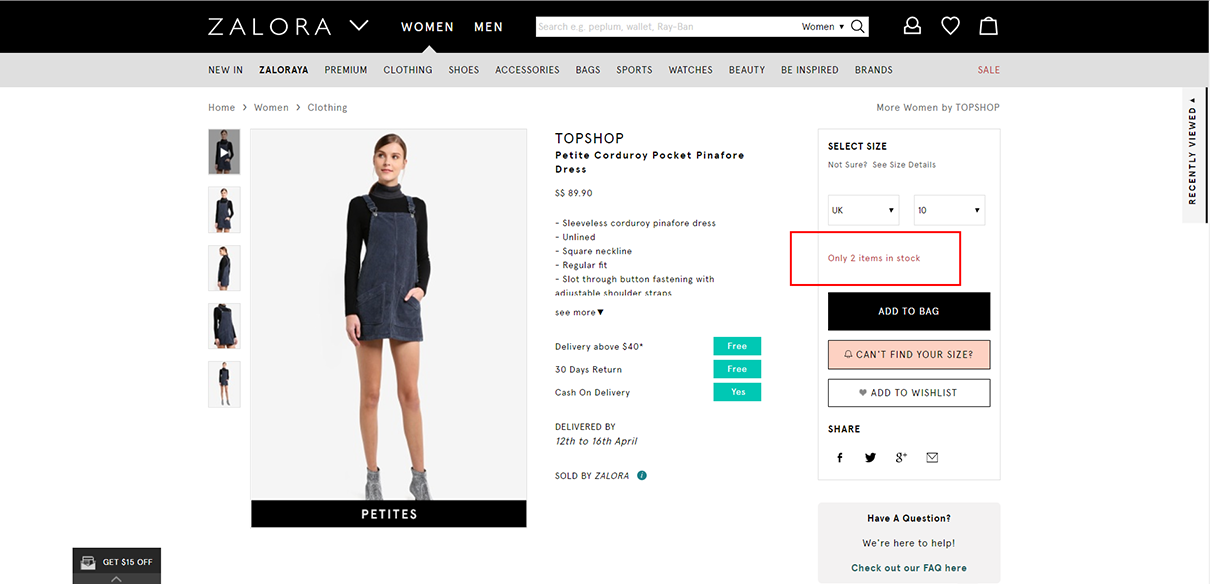That’s the most important question marketers are asking today. With social distancing, self-isolating, and remote working becoming the new normal, there's been a shift in the market from the supply and demand side, due to which there’s a shift in the marketing paradigm. For brands and marketers navigating the COVID-19 crisis, simply reaching the customer has become a challenge.
Furthermore, according to a Survey Monkey survey, 92% of Americans are worried about the impact of the corona-virus on the national economy. All these factors can influence business prospects and further cements the need of a crisis road-map.
To help marketers and their business steer through these uncertain times, 11 leading marketers share tips on how to be relevant to customers in this time, how they plan to work through this crisis, and how to keep up the momentum.
Here’s what they had to say:
1. Reassure Your Customers About How Your Company is Responding to the Pandemic
Mark Lieberman, President and CEO, Viamedia
“Stay relevant to the consumer’s needs today that means reassuring them about how your company/brand is responding to the pandemic.
“Apply a calming, reassuring tone with a positive message (as a welcome reprieve from the seemingly 24/7 negative news).
“Use video with strong, warm, embracing visuals. After all, TV is the best medium for site, sounds and e-motion.”
2. Move Your Brand Online to Stay Connected to Your Customers
Andrew Walker, CEO, Shift7 Digital
“First, an overall theme to your strategy: KEEP GOING! Moving your brand even more online will keep you connected to your customers and enable a unified customer experience. Three key areas to focus on: your story, website and data. Second, revisit your current content marketing and keyword strategy. Leverage keyword research and social listening tools for topics that provide insight into specific information they are seeking. Check your PPC, too. Keywords targeted yesterday may not be the most relevant today, as search volume and term trends could be fluctuating.”
3. Refresh Customer Experience (CX) Strategies to Relook at End-to-End Sales Processes
Richard Blatcher, Director of industry marketing & business intelligence, PROS
"COVID-19 has created unprecedented disruption and uncertainty of when things will improve, meaning marketers must pivot their strategy in three crucial ways. Marketers should refresh their customer experience and look at their end-to-end sales processes to ensure they’re able to respond with agility, engage across different sales channels and optimize processes.”
4. Focus on Strengthening Your Relationship With Your Customers
Tony Kavanagh, CMO of Insightly
“First, you must communicate regularly. Customers today want a relationship with the companies with whom they do business and to go beyond the transaction to a more engaging, human place. If you do not already have a regular cadence of communication to your customers, now is the time to build one. Second, shelve the 'hard sell.’ COVID-19 is an unprecedented pandemic. Be empathetic. Focus on strengthening your relationship with your customers but for reasons that are genuine and thoughtful, ask how they are doing, exchange life stories of caution and triumph.”
5. Infuse Empathy in Your Marketing Communications
Tara Kelly, president and CEO, SPLICE Software
“Marketers, now more than ever, need to ensure they are using empathy in their marketing communications. Without that, communication is seen as “taking advantage of the situation”, and no one wants that label. Marketing technology can still support the automated distribution of messages and provides invaluable insights to how people are engaging with new messaging.”
James JC Ramey, CEO at DeviceBits
“Empathy is likely the key part of staying or connecting with customers and prospects. Marketers should be working with the organization to understand how they are shifting in customer experience from, for example, phone support to self-service. Marketers should keep in “high touch” with their customers during this time. Keeping in contact with empathy and new innovative programs will create loyalty and a happier customer base as we exit this current challenge.”
6. Implement an Agile Strategic Pricing Model to Improve Margins
Richard Blatcher, director of industry marketing & business intelligence, PROS
“Focusing on short-term strategic planning by implementing tools to enable valuable insight gains from vast amounts of customer and market data will enable marketers to make rapid changes, protecting revenue.
“Marketers must also implement an agile strategic pricing model, which is the most effective way to quickly improve margins. Working in real-time and offering products or services at the most profitable price is imperative for short-term profitability."
Learn More: Your 2020 Crisis Marketing Strategy: Marketing Communication and the Coronavirus (COVID-19)
7. Reflect on Your Company Values During this Lockdown & Refocus Your Engagement Strategies
Tricia Binder, co-founder and president, Muros
“At Muros, staying top of mind is all about creativity. While keeping creativity and authenticity at their core, marketers should consider the following tactic to pivot their strategies. More than ever, we have time to reflect on our values and mission. For us, that’s getting more art seen and supporting the artist community. Refocusing can get you thinking about new, relevant ways, to engage your customers, employees or clients in these uncertain times.”
8. Avoid the Hard Sell and Reaffirm Your Commitment to the Long Run
Mark Lieberman, President and CEO, Viamedia
“Tailor messages to be consumer-focused top-of-mind, as most are shopping “in the moment of fear and anxiety – e.g., I don’t have enough toilet paper. Ask is your message relevant now, today, and tomorrow? Step back from the hard sell and provide messaging that reaffirms your commitment to be there over the long term and through thick and thin. Almost everyone is at home, so video advertising has never been able to be more impactful and serve as the cornerstone to connecting communities. And remember, that many people will mute the TV, especially when it is on 24/7. So, the video imagery is key.
“Today digital and now linear TV advertising decisions are based increasingly on data, we like to say, “Data is the new creative.” Transaction speeds, cost efficiency and flexibility are more crucial at a time of rapidly developing events such as COVID-19. Access to linear TV programmatically will be the next wave, combining automation and data.”
9. Use Marketing Technology to Stay Connected to Customers When Working Remotely
Andrew Walker, CEO, Shift7 Digital
“Further enable your work-from-home marketing, sales and customer service teams through cohesive customer 360-degree views and data via your customer data platform. Help sales continue pipeline growth by feeding customer behavioral insights via your marketing automation system, while also implementing a well-designed lead scoring program to help them prioritize efforts.”
James JC Ramey, CEO at DeviceBits
“Marketing technology plans a huge role during this time. Brands can roll out new programs, innovative approaches and products but without getting the message to the customers, they will have low adoption and frustrated customers. Marketers can show how their brand is here during this challenge and can best deliver the customer value to consume. Marketing technology will drive the shift that we are seeing in every business through what has traditionally been lagging. Things like self-service, chatbots and asynchronous messaging will now take a front seat in the technology roadmap.”
10. Help Your Customers Navigate the Situation and Pivot as Necessary
Tony Kavanagh, CMO of Insightly
“Lastly, be helpful. The recently announced stimulus bill in the US is incredibly important, but many businesses don't know what this means for them or how it benefits them. Do the research on their behalf and help your customers understand exactly the steps to take to avail of what could be a lifeline for them and their families. All the above can be helpful and is necessary in times like these for pivoting marketing strategies.”






